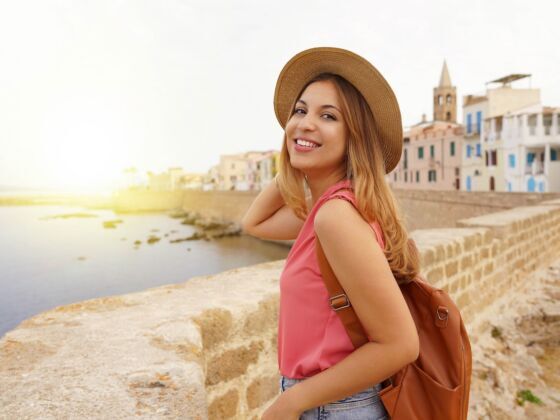I’VE BEEN fortunate to fill the last eleven years of my life with travels and adventures: day trips, weeks away, months abroad, and even years wandering the world. I have traveled with my family, with friends, my husband, and now with my baby.
It took me several months of frustration and dissatisfaction to come to terms with the idea that full-time traveling is more about learning, planning, and actively engaging with the changing environment than just visiting and checking places off my ever-growing want list. In the first months of my travels, I felt disappointed about how I was facing my new life, especially the correlation between how much money I was spending and how much I was getting out of it. So, I decided to focus on how to spend my time and money more wisely.
I would like to share with you some of the lessons I have picked up along the way:
